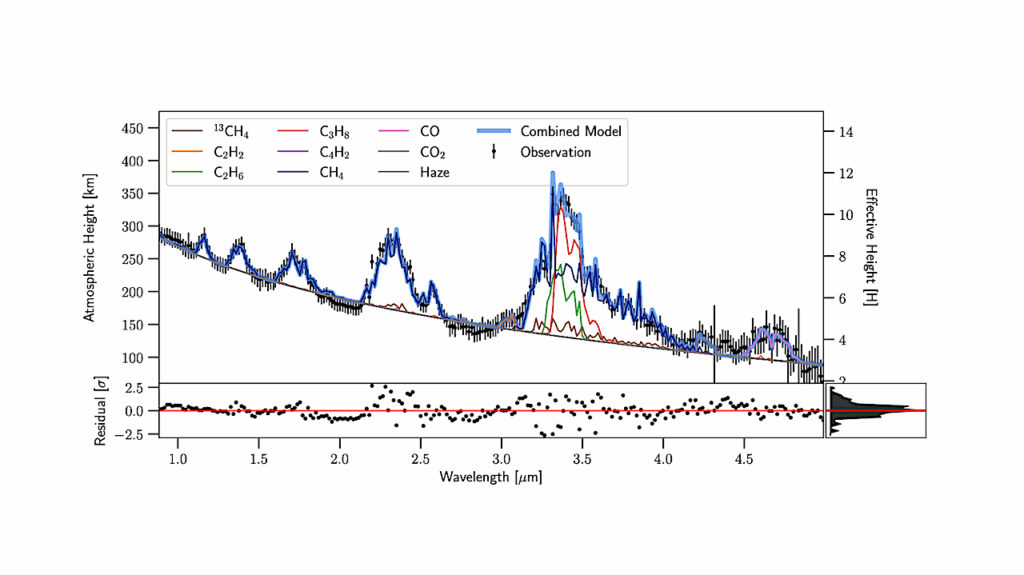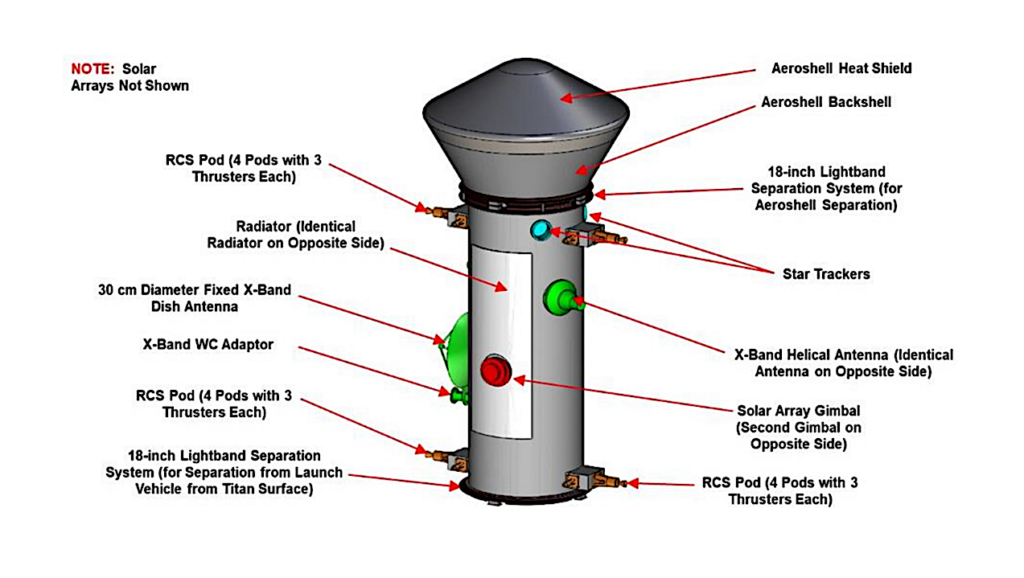Dust Devils On Titan

Conditions on Saturn’s moon Titan suggest dust devils, which are convective, dust-laden plumes, may be active.
Although the exact nature of dust on Titan is unclear, previous observations confirm an active aeolian cycle, and dust devils may play an important role in Titan’s aeolian cycle, possibly contributing to regional transport of dust and even production of sand grains. The Dragonfly mission to Titan will document dust devil and convective vortex activity and thereby provide a new window into these features, and our analysis shows that associated winds are likely to be modest and pose no hazard to the mission.
Brian Jackson, Ralph D. Lorenz, Jason W. Barnes, Michelle Szurgot
(Submitted on 13 Feb 2020)
Comments: Accepted for publication in JGR: Planets; data and code available here – this https URL
Subjects: Earth and Planetary Astrophysics (astro-ph.EP)
Cite as: arXiv:2002.05581 [astro-ph.EP] (or arXiv:2002.05581v1 [astro-ph.EP] for this version)
Submission history
From: Brian Jackson
[v1] Thu, 13 Feb 2020 15:54:46 UTC (4,872 KB)
https://arxiv.org/abs/2002.05581
Astrobiology








